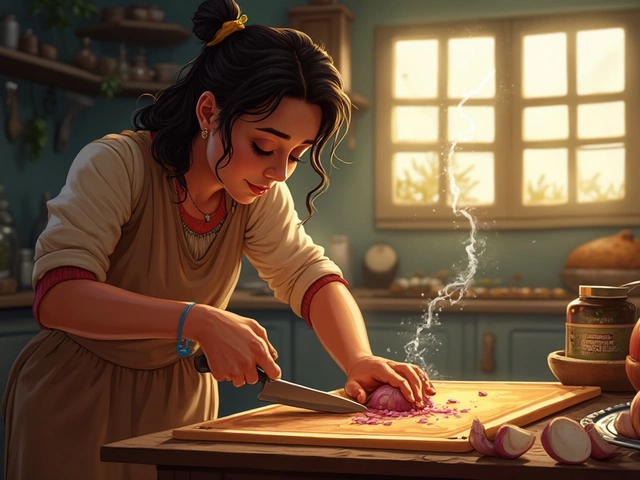Native Indian Plants: Your Easy Guide to Choosing and Caring for Local Species
Thinking of a garden that looks good and stays healthy with little fuss? Go native. Plants that grew in India for centuries already know the climate, soil and pests of our region. When you pick native species, you get lower water use, fewer chemical sprays and a garden that supports local wildlife.
In this guide we’ll look at why native plants are a smart choice, list some of the best options for different Indian zones, and give you step‑by‑step care tips you can start using today.
Why Pick Native Plants?
First off, native plants need far less water than exotic imports. Their root systems are adapted to the monsoon‑dry cycle, so they can survive a few weeks without irrigation. Second, they attract native pollinators – honey‑bees, butterflies and even birds that help your fruits and veggies set better yields.
Another win is disease resistance. Because these species evolved with local pests, they usually have built‑in defenses that reduce the need for synthetic pesticides. That means a healthier garden and a lighter footprint on the environment.
Top Native Plants for Different Indian Zones
North Indian Plains (Punjab, Haryana, Uttar Pradesh): Try Artemisia maritima (sea wormwood), Sesbania grandiflora (agati) and Salvia splendens (scarlet sage). These thrive in hot summers and tolerate the cooler winters.
Western Deccan (Maharashtra, Gujarat): Cassia fistula (golden shower), Nyctanthes arbor-tristis (night-flowering jasmine) and Leptadenia reticulata love the semi‑arid climate and can handle occasional drought.
Eastern Ghats & Coastal (Odisha, West Bengal, Kerala): Look for Clerodendrum inerme (sea lavender), Hibiscus rosa-sinensis (common hibiscus) and Alocasia odora. They love the humidity and do well in both garden beds and pots.
When you pick a plant, check its soil preference. Most native trees prefer well‑drained loam, while many shrubs flourish in lateritic or sandy soils. If you’re not sure, a simple soil test kit can tell you pH and texture in minutes.
Here’s a quick planting checklist:
- Choose a sunny spot for sun‑loving natives like Sesbania or a shaded nook for ferns such as Alocasia.
- Dig a hole twice as wide as the root ball but only as deep.
- Mix a handful of compost with the native soil you removed – this gives a gentle nutrient boost.
- Place the plant, backfill, and water thoroughly to settle the soil.
- Apply a 2‑3 cm mulch layer to keep moisture in and suppress weeds.
Watering is the easiest part. In the first two weeks, give your new plants a good soak every 2‑3 days. After they’re established, cut back to once a week in summer and once every 10‑14 days in monsoon‑covered months.
If you spot yellowing leaves, it’s usually a sign of over‑watering or poor drainage. Turn the soil back a little, let the top inch dry, then resume a normal watering schedule.
Mulching with locally sourced dry leaves, rice straw or coconut husk not only conserves water but also adds organic matter as it breaks down. This mimics the natural leaf litter layer that native forests rely on.
Finally, keep an eye on pests. Small sap‑sucking bugs like aphids can be managed with neem oil sprays made from fresh leaves. For bigger munchers, planting companion natives such as Ocimum tenuiflorum (holy basil) can repel them naturally.
By sticking to native Indian plants you’ll see a garden that looks vibrant, needs less input and supports the local ecosystem. Start small – a few shrubs or a native flower border – and watch how quickly the garden becomes self‑sustaining.
Ready to give it a try? Grab a handful of seeds or saplings from a trusted local nursery, follow the planting steps above, and enjoy a garden that truly belongs to India.
What Plant is India Famous For? Tea, Spices & More Icons Explained
Curious about the plant that put India on the global map? Explore India's legendary tea, the spice story, and the deep roots of famous native plants.
About
Gardening
Latest Posts
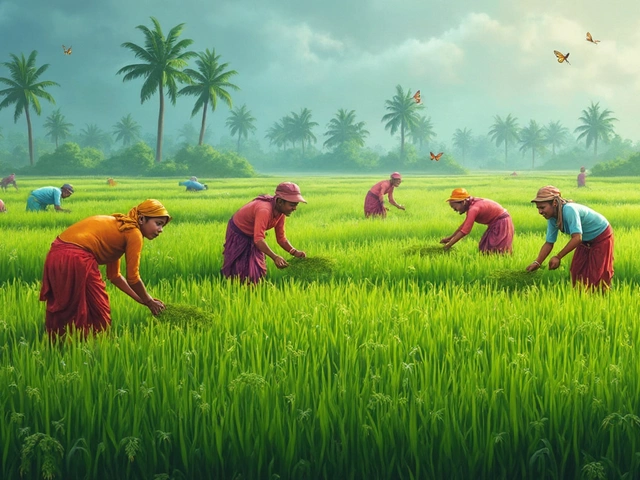
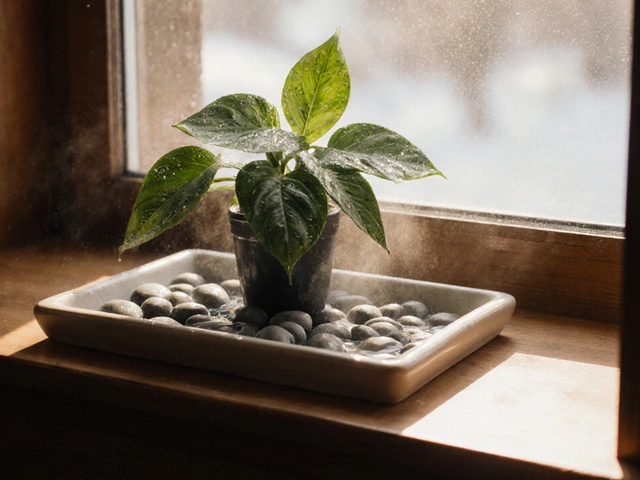
What Plants Benefit from a Pebble Tray? A Practical Guide for Indoor Plant Care
By Alden Thorne Nov 8, 2025
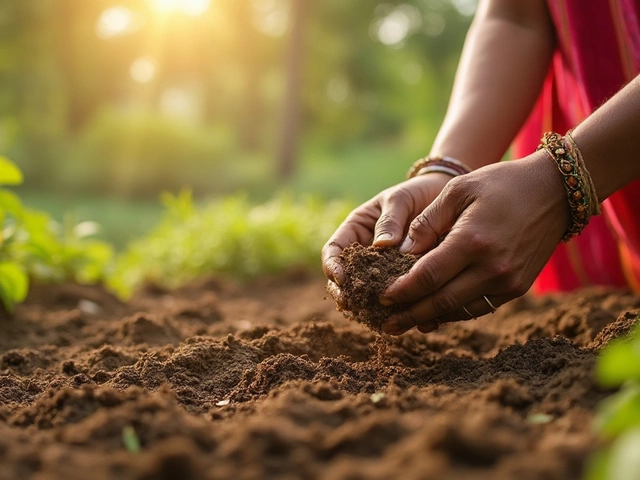
Revitalize Your Garden: Proven Ways to Refresh Tired Soil Fast
By Alden Thorne Jun 26, 2025
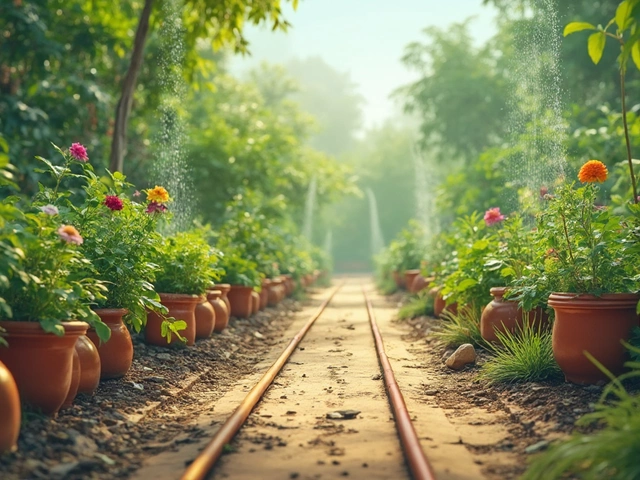
Should You Bury Your Drip Irrigation System?
By Alden Thorne Apr 6, 2025
